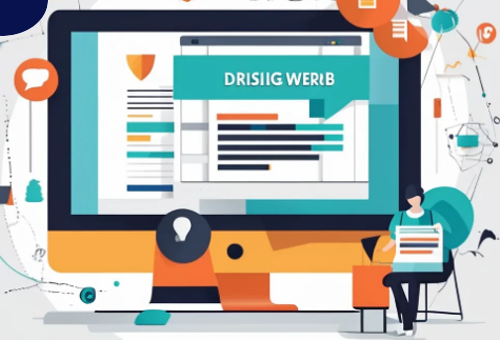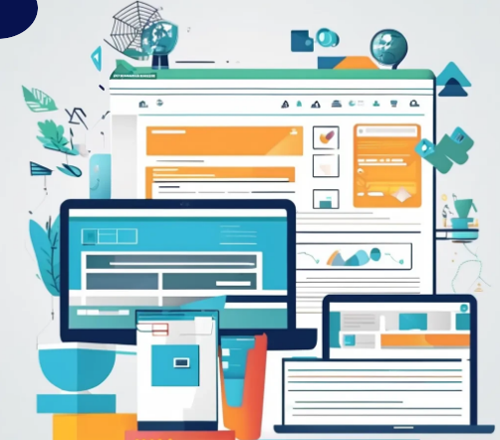Are you wondering how to become a web designer? If you’re creative, tech-savvy, and love bringing ideas to life, web design might be the perfect career for you. This guide will take you through everything you need to know to get started.
Guide on how to become a web designer!
►The first step in learning how to become a web designer is to understand the fundamentals.
HTML (HyperText Markup Language): This is the backbone of any website. It helps structure content like text, images, and links. CSS (Cascading Style Sheets): CSS is what makes websites look good. It controls colors, fonts, layouts, and more. Basic Graphic Design Principles: Understanding elements like balance, contrast, and alignment will make your designs more appealing. There are plenty of free online tutorials and courses to get you started. Platforms like Codecademy, freeCodeCamp, and YouTube offer excellent resources.
► Professional web designers use tools to bring their ideas to life.
Adobe XD or Figma: For creating website layouts and prototypes.
Photoshop or Canva: For editing images and creating graphics.
WordPress: A popular content management system (CMS) for building websites.
Spend time experimenting with these tools to find what works best for you.
► Once you’ve got the basics down, it’s time to level up.
Learn UX/UI Design: User experience (UX) and user interface (UI) design are crucial parts of web design. They focus on making websites user-friendly and visually attractive.
Understand Responsive Design: Websites should look great on all devices—from desktops to smartphones. Learn how to create responsive designs that adapt to different screen sizes.
Practice, Practice, Practice: Build sample projects, redesign existing websites, or create mock-ups for imaginary clients. The more you practice, the better you’ll get.

Best Method on How to Become a Web Designer!
Include Your Best Work: Highlight a variety of projects that show off different skills.
Explain Each Project: Share the story behind each design. What was the goal? How did you solve the problem?
Make It Easy to Navigate: Your portfolio should be user-friendly and visually appealing.
► While web design focuses on how a site looks, web development is about how it works.
HTML and CSS: These are non-negotiable basics.
JavaScript: Learn how to add interactive elements like sliders and pop-ups.
Web Hosting and Domains: Understand how to make websites live on the internet.
► Once you’ve got the skills, it’s time to put them to use. Here’s how:
Freelance Platforms: Websites like Upwork, Fiverr, and Toptal are great for finding freelance gigs.
Social Media: Showcase your work on platforms like LinkedIn, Instagram, or Behance.
Local Businesses: Offer to design websites for local companies or nonprofits. It’s a great way to gain experience and build your portfolio.
► Web design trends and technologies are always changing.
The following Industry Blogs: Websites like Smashing Magazine and Awwwards are great resources.
Taking Advanced Courses: Platforms like Coursera and Udemy offer in-depth courses.
Joining Communities: Connect with other designers in forums or social media groups.

Final tips on how to become a web designer
Learning how to become a web designer is an exciting journey. Remember to start small, build your skills, and never stop learning. Web design is a field where creativity meets technology—and the possibilities are endless.